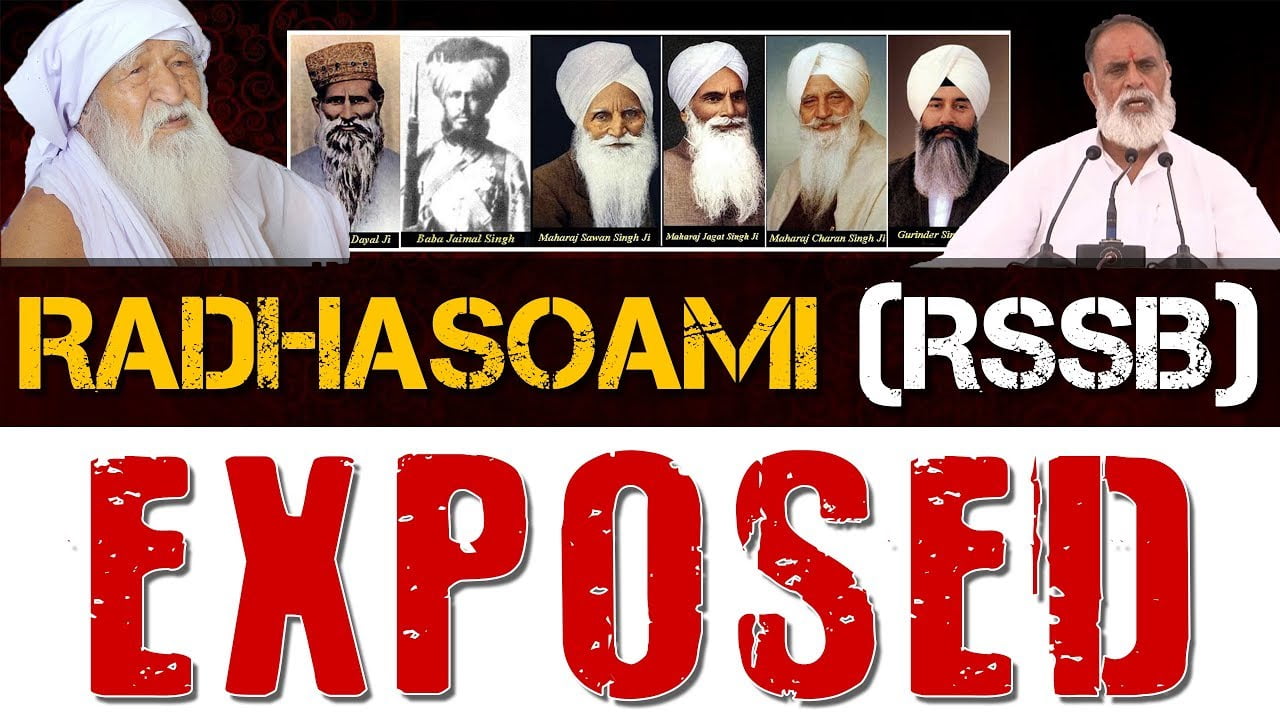The Best Fluffy Pancakes recipe you will fall in love with. Full of tips and tricks to help you make the best pancakes.

This document analyzes the tenets of the Radha Soami faith, based on extensive research and evidence from their own literature. The purpose of this critique is to provide an in-depth analysis of the faith’s principles for those seeking the truth.
Key Criticisms of the Radha Soami Faith
Absence of a Guru
The Radha Soami faith was started by Swami Shiv Dayal Ji, who, according to this analysis, did not have a living Guru himself. A faith initiated without a Guru is considered arbitrary and self-made. Without a Guru’s guidance, salvation (moksha) cannot be achieved. It is claimed that Swami Shiv Dayal Ji did not attain salvation and appeared to his disciple, Bukki, after his death.
Conflicting Origins of the Faith
Swami Shiv Dayal Ji stated that he did not found the Radha Soami faith; he only established the path of “Satnaam and Anami.” The Radha Soami faith, as it is known today, was reportedly started by his disciple Rai Salig Ram. This is also considered to be a self-made faith, as Rai Salig Ram did not have a Guru’s direct order to start this new sect.
Use of Intoxicants
It is claimed that Swami Shiv Dayal Ji used to smoke a hookah (tobacco pipe). According to the principles of a true spiritual path, those who consume tobacco, alcohol, or other intoxicants can never attain God or achieve salvation.
Unauthorized Branching of the Faith
Baba Jaimal Singh Ji, a disciple of Swami Shiv Dayal Ji, established the Dera in Beas, Punjab. This move is considered unauthorized, as he allegedly did not have a direct order from his Guru to start a separate branch. A faith that branches off without a Guru’s permission is considered void.
Core Tenets Under Scrutiny
The Concept of a Formless God
Radha Soami gurus teach that God is formless. However, holy scriptures state that God has a body in human-like form. This contradiction suggests that the Radha Soami understanding of God is flawed and incomplete. The knowledge provided by the gurus is, therefore, considered insufficient for achieving salvation.
The Five “Naams” (Names)
The five names or mantras given in the Radha Soami faith are identified as the names of Kaal (a name for the negative power or death) by Tulsi Das Ji of Hathras. Kabir Sahib’s writings, such as “Santo Shabadai Shabad Bakhana” and “Kar Naino Didar,” also provide a complete description of these names and their true nature, which allegedly shows that the Radha Soami Gurus have misused them.
The Term “Radha Soami”
The term “Radha Soami” is not found in any holy scriptures. It was allegedly coined by Rai Salig Ram, who used to refer to Swami Shiv Dayal Ji’s wife, Naraini Devi, as “Radha Ji.” This is how the term “Radha Soami” (meaning “Shiv Dayal Ji”) came into being.
While some followers use the following couplet by Dadu Ji to justify the term’s scriptural presence, it is argued to be a misinterpretation:
“दादू धारा अगम की सतगुरु देई लखाई।
ताही उलट सिमरन कर, स्वामी संग मिलाई।।”
Followers mistakenly attribute this to Kabir Sahib and translate it incorrectly. Dadu Ji’s other writings, however, clearly describe Kabir Sahib as the Supreme God:
“जिन मोकुं निज नाम दिया, सोइ सतगुरु हमार।
दादू दूसरा कोई नहीं, कबीर सृजनहार।।”
The Practice of “Surat Shabad Yoga”
The Radha Soami practice of “Surat Shabad Yoga” is described as a form of forced meditation (Hatha Yoga). According to scriptures, this is an incorrect method of worship. It is claimed that the Radha Soami gurus lack a true understanding of “Surat Shabad Yoga” and that their teachings are not based on scripture.
In conclusion, this analysis suggests that the Radha Soami faith’s teachings are contradictory and lack scriptural foundation, rendering them ineffective for achieving true spiritual liberation.

;KNOPIJOLM
Awesome Post